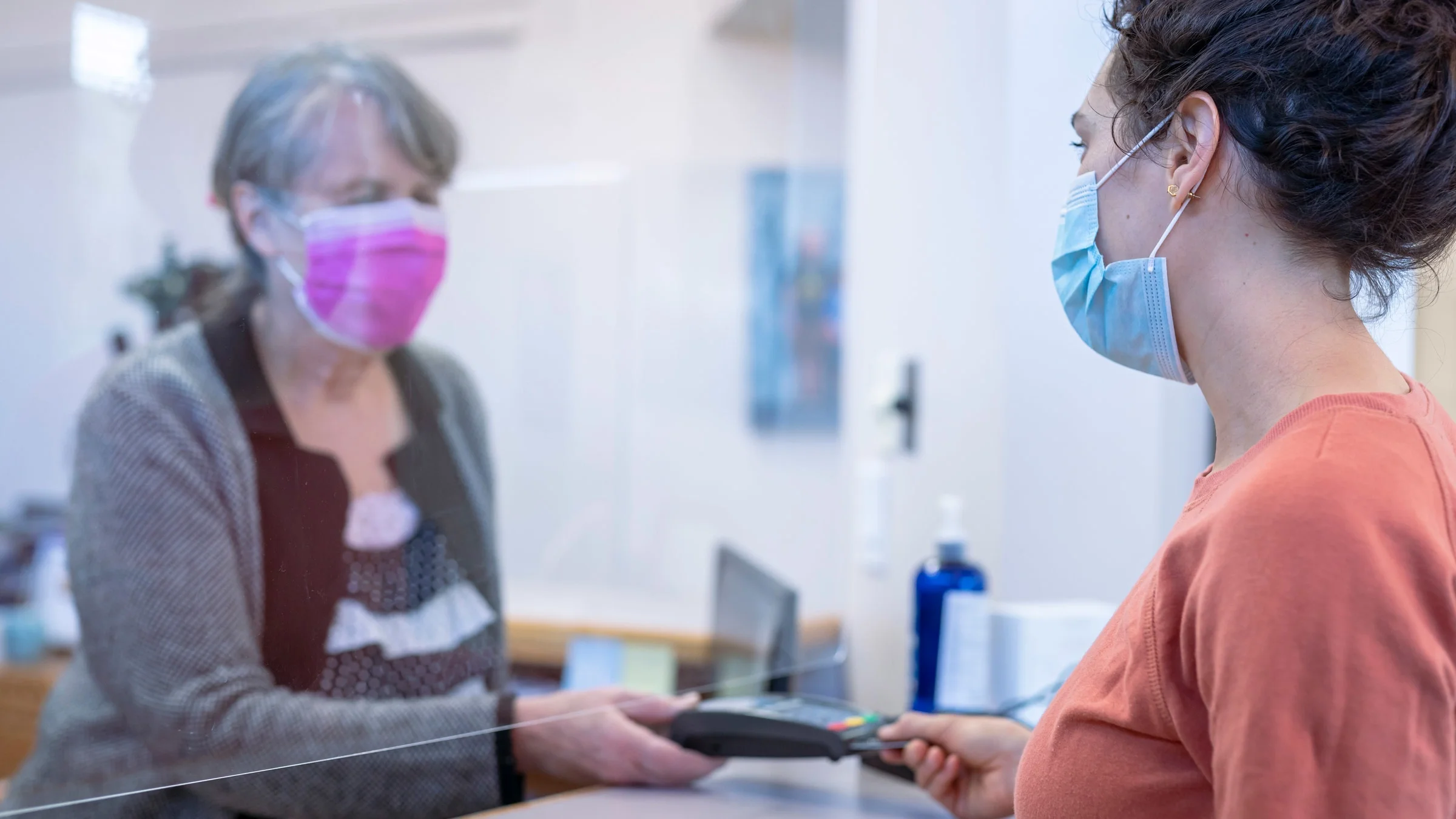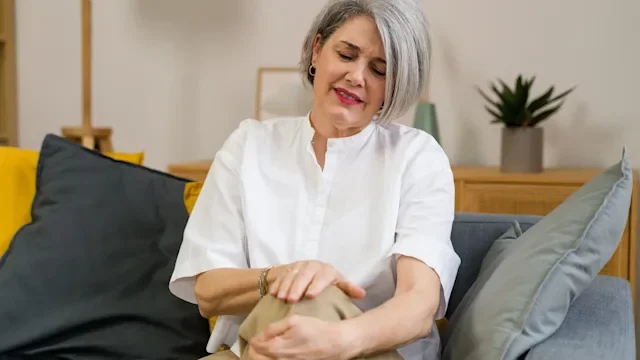Key takeaways:
Original Medicare and Medicare Advantage (MA) plans cover light therapy for psoriasis. If you have original Medicare, the treatment setting determines whether Part A or Part B covers your services.
For Medicare to cover your treatment, you will need a psoriasis diagnosis and order from your healthcare provider for light therapy.
You may be able to receive light therapy at home. Home light therapy units are considered durable medical equipment (DME) and are covered under Medicare Part B.
Psoriasis affects about 3% of the U.S. population, with plaque psoriasis accounting for most cases. This autoimmune condition causes the body to make skin cells faster, leading to changes like red, itchy patches forming on the body. These patches most commonly appear on knees and elbows, but they can affect the entire body, including the scalp.
One way to treat psoriasis is with light therapy. Light therapy for psoriasis is covered by original Medicare — either Part A or Part B, depending on the setting — as well as Medicare Advantage (MA) plans.
What is light therapy?
Light therapy — also known as phototherapy — treats psoriasis by using special wavelengths of light to penetrate the top layers of skin. This prompts overactive skin cells to slow their growth. Regular light therapy treatments can help clear up psoriasis patches. Often, this means 2 or 3 phototherapy sessions per week for several weeks.
There are several types of light therapy used to treat psoriasis. They include:
Broadband ultraviolet B (UVB): This is an older method of treating psoriasis that’s not often used today.
Narrowband UVB: This type of light therapy is the most commonly prescribed for psoriasis because it’s generally more effective than broadband UVB and PUVA.
Psoralen plus UVA (PUVA): This involves a combination of ultraviolet A (UVA) light and psoralens, a class of medications that make skin more sensitive to light.
Excimer laser: This targeted therapy involves an excimer laser emitting high-intensity UVB light onto a small area of skin. It’s usually an option for people who have a few small patches of psoriasis, such as on the elbows, hands, and feet.
Does original Medicare cover light therapy for psoriasis?
Yes, original Medicare (Part A and Part B) covers light therapy for psoriasis under certain conditions. For Medicare to cover your treatment, you must have a psoriasis diagnosis and light therapy must be considered medically necessary. You also need a written order for light therapy from a healthcare provider.
How your light therapy will be covered depends on your treatment setting:
Part A: If the light therapy is performed at a skilled care facility or in a hospital, it is covered by Part A. And you are responsible for paying a deductible for the hospital stay or benefit period.
Part B: Light therapy performed in a provider’s office and prescribed home light therapy units are covered by Part B. After you meet your annual deductible, you pay 20% of the cost of services or the home unit.
Do Medicare Advantage plans cover light therapy for psoriasis?
Yes, many MA plans will cover light therapy for psoriasis when it’s medically necessary. Like with original Medicare, the treatments will need to be prescribed by a healthcare provider.
- PrednisoneGeneric Deltasone and Rayos and Sterapred
- MedrolMethylprednisolone
- ClodanClobetasol
More about Medicare coverage for light therapy at home
Home light therapy units are covered by original Medicare as durable medical equipment (DME) with a healthcare provider’s order. This means Medicare Part B will cover 80% of the cost after you meet your deductible. You are then responsible for 20% of the cost.
Some MA plans also partially cover the cost of home light therapy units with a provider’s written order. But whether you have original Medicare or an MA plan, you may be required to try other psoriasis treatment methods before a home unit can be approved.
How can you save on light therapy for psoriasis?
Without insurance, light therapy for psoriasis can be costly — whether it’s at home or in your provider’s office.
Here are some savings tips if you have Medicare and need light therapy for psoriasis:
Avoid emergency room treatment. Unless you have an immediate medical need, you should avoid getting light therapy in an emergency room or urgent care setting. You will spend less for a session in a provider’s office or with a home light therapy unit.
Shop around for home light therapy units. Compare prices on home models if your provider prescribes you one. Prices for new units range from $500 to $2,000 or more depending on the type you need.
Consider buying a used light therapy unit. Medicare typically doesn’t cover used light therapy units, but you might be able to find a pre-owned unit that costs less than what you’ll pay out of pocket with Part B for a new one.
Look for rental options. Some DME suppliers offer short-term rentals for home light therapy units.
Contact support groups. Support groups, such as those organized through the National Psoriasis Foundation, may have treatment advice, as well as access to loaned equipment.
Take care of your skin before, during, and after light therapy. This will help you heal as quickly as possible and potentially maintain results.
The bottom line
Original Medicare, Part A and Part B, as well as Medicare Advantage (MA) plans cover light therapy for psoriasis. Part A covers treatment in a skilled care facility or in a hospital, but you are required to pay a deductible for each hospital stay or benefit period. Part B covers treatment in a healthcare provider’s office and home light therapy units. This coverage requires you to meet your annual deductible and then pay 20% of the cost of services or the home device.

Why trust our experts?



References
American Academy of Dermatology Association. (n.d.). Psoriasis treatment: Phototherapy.
Armstrong, A. W., et al. (2020). Pathophysiology, clinical presentation, and treatment of psoriasis: A review. Journal of the American Medical Association.
Medicare.gov. (n.d.). Costs.
National Psoriasis Foundation. (n.d.). Support and community.
National Psoriasis Foundation. (2022). Phototherapy.
National Psoriasis Foundation. (2023). About psoriasis.














